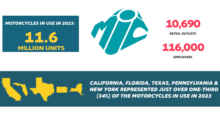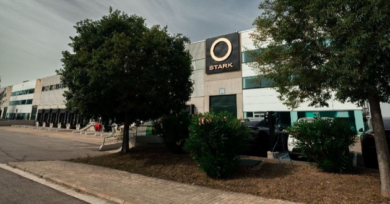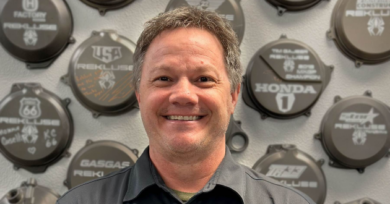Sept. 7, 2009: Building gross profit on the front and back end
These articles recap some of the opportunities uncovered by Gart Sutton & Associates’ powersports specialists during consulting visits. These are followed by recommended actions that address the issues. Our goal is to provide ideas to help improve your dealership.
Dealership details
In 2008 the dealership was moved to a new, high-quality facility on freeway frontage near a small town. There are more than 200,000 people within a 30-mile radius, and they are only 60 miles from a major city. Overall major unit sales are more than
900 units, plus they sell a significant volume of power equipment. The store is not making a profit and must implement significant changes to survive.
Last edition looked at the dealership as a whole. This part of the series on this dealership looks at the store’s sales and F&I departments.
Analysis
The dealership has two “sales managers.” Bill, one of the managers, also is trying to run the accessories department. Although he is very skilled, he is not on the sales floor anywhere close to 80 percent of the time. The other sales manager is on the floor most of the time but is acting primarily as a salesperson.
There is a poor closing ratio and lack of gross profit in the deals that are closed. They need to focus on the basic processes (sales training, utilizing worksheets, customer tracking, prospecting, etc.).
Some observations:
There is no sales board to keep them competitive. The salespeople have sales goals and are provided with tracking, but there are no incentives to keep them enthused;
Their electronic CRM system is not properly utilized;
Prospects are not recorded nor followed-up on;
The sales manager does not desk every deal to ensure profits are maintained;
They don’t use a written appraisal sheet with all trades;
They don’t promote F&I since there is no incentive to do so;
There are no daily huddles or weekly sales meetings.
The major unit margins do not represent a sustainable ROI. The major product lines only average around 9.5 percent, which will not pay the overhead. It was recommended they consider dropping the least profitable lines.
There must be a change in the sales manager situation in order for this department to be successful. It was decided to move one of the owners into this position and have Bill train him. Bill will then become the new full-time P&A manager.
The F&I manager is a former mortgage broker who has had some F&I training. The office is very nice. The numbers are very poor. Some salespeople are not allowing him a chance to convert customers to dealership financing, resulting in the loss of F&I product sales. He was provided with a list of questions to ask customers during the interview process. This will help him set up or eliminate some of the products.
Sales action items
Increase gross profit by 1 percent.
Ensure all customer information that can be collected is entered into the CRM system.
Hold one-on-ones with each salesperson. Review CRM contacts, prospect calls and appointments. It is only important to them as long as it is important to you.
The sales manager must desk all deals.
Teach salespeople how to use the sales process to build value that justifies your price.
Conduct continuous coaching and counseling on the use of the steps of the sales process.
Develop daily prospect calls and appointments goals. Provide rewards for achievement.
Enforce the use of the worksheet.
F&I action items
Improve penetration in all products and bring PVS up to at least $300.
Work with the sales manager to ensure the sales process is being followed and all customers have contact with F&I early in the sales process.
Utilize the “7 Key Questions” from our F&I training to help qualify each customer prior to the menu presentation.








